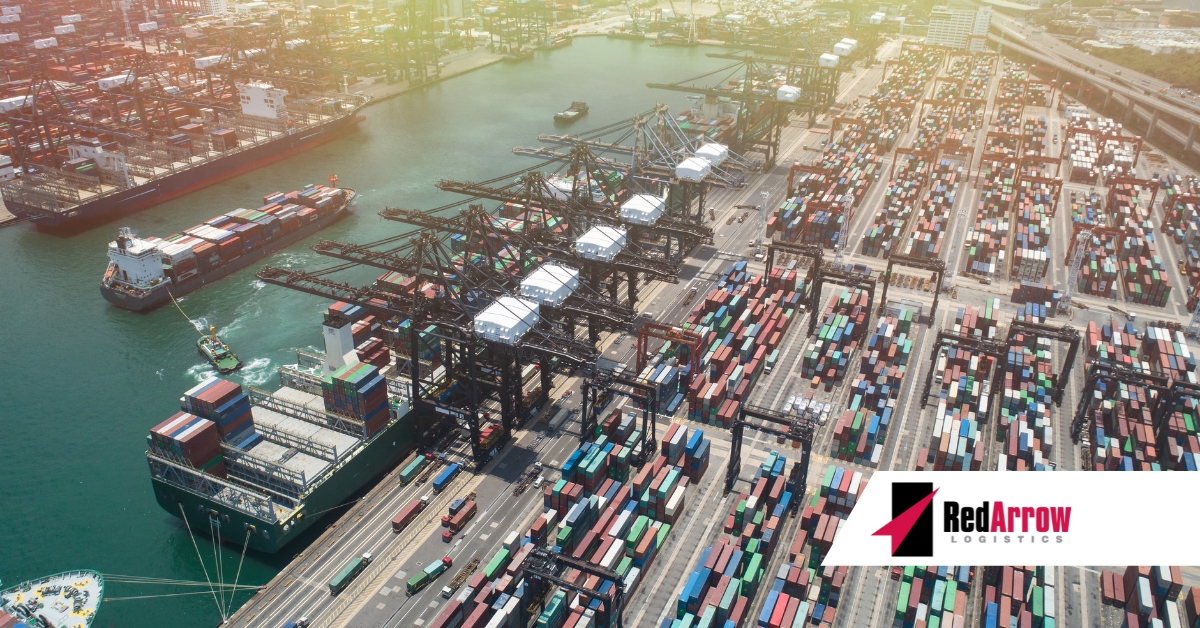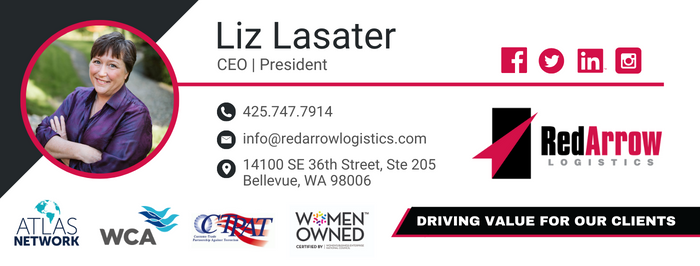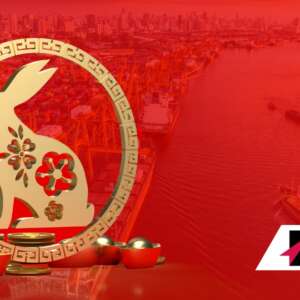As the year comes to a close, many in the logistics industry are looking forward to a less tumultuous new year. The challenges faced by supply chain managers and logistics managers are a result of a rapidly changing industry with many technological advancements. Staying on top of the following supply chain trends will help you make better decisions for the upcoming year.
#1 Automation and Artificial Intelligence (AI)
Automation is being used across a range of industries but is making a big impact on logistics. Automation uses technology to cut down on humor error. Certain tasks that can be automated saves time and money. Artificial intelligence (AI) has the ability to learn harder, more complicated jobs. It uses machine learning to make decisions on its own without human guidance. AI-based solutions can be used for inventory management, automated supply chain tracking, and transportation routes.
#2 Personalization
Supply chain personalization means separating your supply chain and creating appropriate strategies for each section. This becomes attainable as you enhance your supply chain elements. If you are able to, automate part of your order fulfillment system by separating regular orders from customized ones. That way, more time can be spent on product customization if certain areas are automated.
#3 Sustainability
This trend will grow in 2023 and beyond. Consumer demands and stricter government regulations will mean greener business practices this coming year. Businesses will have to adopt sustainable efforts from sourcing to reducing greenhouse gas emissions in transportation. Manufacturers will be refurbishing more discarded products to sell to customers and customers will be purchasing more recycled products in the coming years.
#4 Internet of Things
The Internet of Things (IoT) is a network that is digitally connected and reachable from any location. It works off a wireless network. The number of applications for supply chains will increase. By 2030, there will be more than 25 billion devices. IoT will be connecting to other technological advancements such as data gathered by a sensor in a warehouse, which helps with forecasting and tracking.
#5 Better Visibility
The ability to track items through the supply chain from the processing facilities to the end user are important for the entire supply chain. A higher level of visibility helps to understand the overall state of the supply chain as well as the individual links and can benefit almost every aspect of a business from meeting customer demands to improving the bottom line. Visibility also ensures that all involved parties have access to the same data in real time. Technology that prioritizes data and visibility will be in high demand in 2023. Supply chain management technology like IoT, AI, warehouse management systems, machine learning, and RFQ management software helps to increase tracking and visibility. Minor issues like delivery delays can be handled faster the more transparent a supply chain is.
#6 Reshoring or Nearshoring
While some companies stocked up on inventory during the pandemic others looked to other manufacturing facilities. Many companies have reshored or nearshored their manufacturing. They have relocated their production from Asia to the United States or Mexico, or another country nearby. There are both advantages and disadvantages to this as it becomes more expensive to produce goods, but transit times are faster and cheaper. Reshoring or nearshoring supply chain components reduces some risk caused by shortages and backlogs.
#7 Zone Skipping
Zone skipping is combining many small parcel shipments for the longest part of the transit before separating the shipments for the final and shorter let. Zone shipping is not currently utilized by many logistics companies, but it will become more popular in the parcel space. This practice often works best when a company partners with a third-party logistics provider (3PL).
#8 Digitization
When information is converted into a digital format, it is called digitization. It is a must in a supply chain. Supply chain digitization can streamline and strengthen the entire process, which helps the bottom line. The switch to being completely digital means choosing the right technology for your company’s needs.
Your Trusted Partner
Fluctuating product demand and ongoing challenges in shipping and order delivery mean that an increasing number of companies are turning to logistics operators to manage their supply chains because they have the experience and digital programs that allow for visibility over inventory and the highest level of flexibility throughout the process.
The challenges businesses have faced over the last few years mean they must become more flexible in their operations. Elastic logistics can counter unpredictable demand, along with placing a focus on the customer experience. Red Arrow Logistics can provide fulfillment solutions for an ever-changing and difficult-to-predict supply chain.
Red Arrow offers the scale and scope of services including air, ocean, and ground transportation to meet the budget and schedule requirements of the largest and smallest companies alike. If we can be of assistance, please email us at info@redarrowlogistics.com or give us a call at 425-747-7914.





